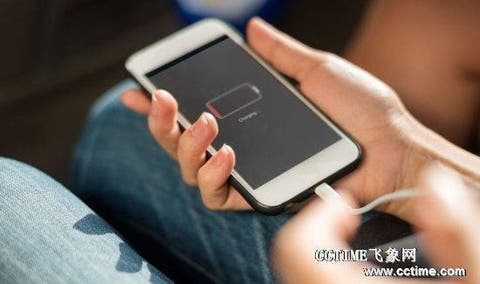This year is a crucial year for the popularization of 5G. The competition for 5G consumers among mobile phone manufacturers has gradually become fierce. However, 5G comes with its own disadvantages. Looking at the bright side, 5G brings a massive network speed relative to its predecessor. However, the power consumption of 5G devices is also much higher. When there is a limit to the battery capacity that a device can take, fast charging becomes an option. Since 2018, mobile phone fast charging has gradually increased from 18W to 40W and even higher to 65W. This year, we expect that the fast charging capacity of mobile devices will hit 100W
A few days ago, Shen Yiren, the former vice president of OPPO, took to Weibo to say
“Who will be the first to mass-produce and commercialize 100W for mobile phone charging?”
Well, Oppo has been on top of its game when it comes to fast charging technology. Thus, the general expectation is that Oppo will arrive first. However, in the first half of 2019, Xiaomi and Vivo exhibited 100W and 120W super-fast charging technologies respectively. From the Xiaomi exhibition, the 100W fast charge fills up a 4000 mAh battery in 17 minutes. As for Vivo’s 120W fast charge, it fills a 4000 mAh battery in 13 minutes. However, none of these companies said anything about mass production.
Why the competition for 100W fast charge?
A very important question now is “why has 100W fast charging become the focus of competition among mobile phone manufacturers?. The reason is simple, that is, consumers’ pursuit of the convenience of mobile phone charging. The 65W quick charge can fill a 4000 mAh battery in about 27 minutes. This means that the “long battery life” of the mobile phone is exchanged for shorter charging time. Therefore, the entry of top manufacturers will undoubtedly accelerate the commercial speed of 100W fast charging.
Achieving 100W fast charging is not easy
The core of fast charging is to increase the current during constant current charging. There is a limit to the charging current that mobile phone batteries can accept. For example, a 4000 mAh battery has a maximum allowable charging current of 12A. This corresponds to a theoretical maximum charging power of 60W. However, often charging at the maximum charging current will also accelerate the aging of the battery. This ultimately reduces the service life.
If you want to continue to increase the power and shorten the charging time, the dual-cell solution is currently the best operable solution. However, from the current battery indicators, 50W should have reached the balance point of battery life and fast charging. If it continues to increase to 100W, it will place high requirements on the charging head and wire.
Due to the different charging protocols and charger requirements, the use scenarios of fast charging are still limited. In most cases, fast charging can only be performed in a fixed environment. If you go out, you must also carry the fast charging with you. For consumers, long battery life is much more important than fast charging.
Previously, Lu Weibing, President of Xiaomi Group China, launched a vote on the combination of “30W PD charging + 5000 mAh” and “100W charging + 4000mAh” on Weibo. More netizens voted for the first option. It seems that everyone seems to prefer a larger battery than a fast charge.
There is also a big question of safety. In time past, we have seen mobile phone batteries explode when charging in certain unfavorable conditions. Netizens are skeptical. If you ask me, the 27 minutes full charge for a 4000 mAh battery delivered by the 65W fast charge is just enough.
Follow Gizchina.com on Google News for news and updates in the technology sector.
